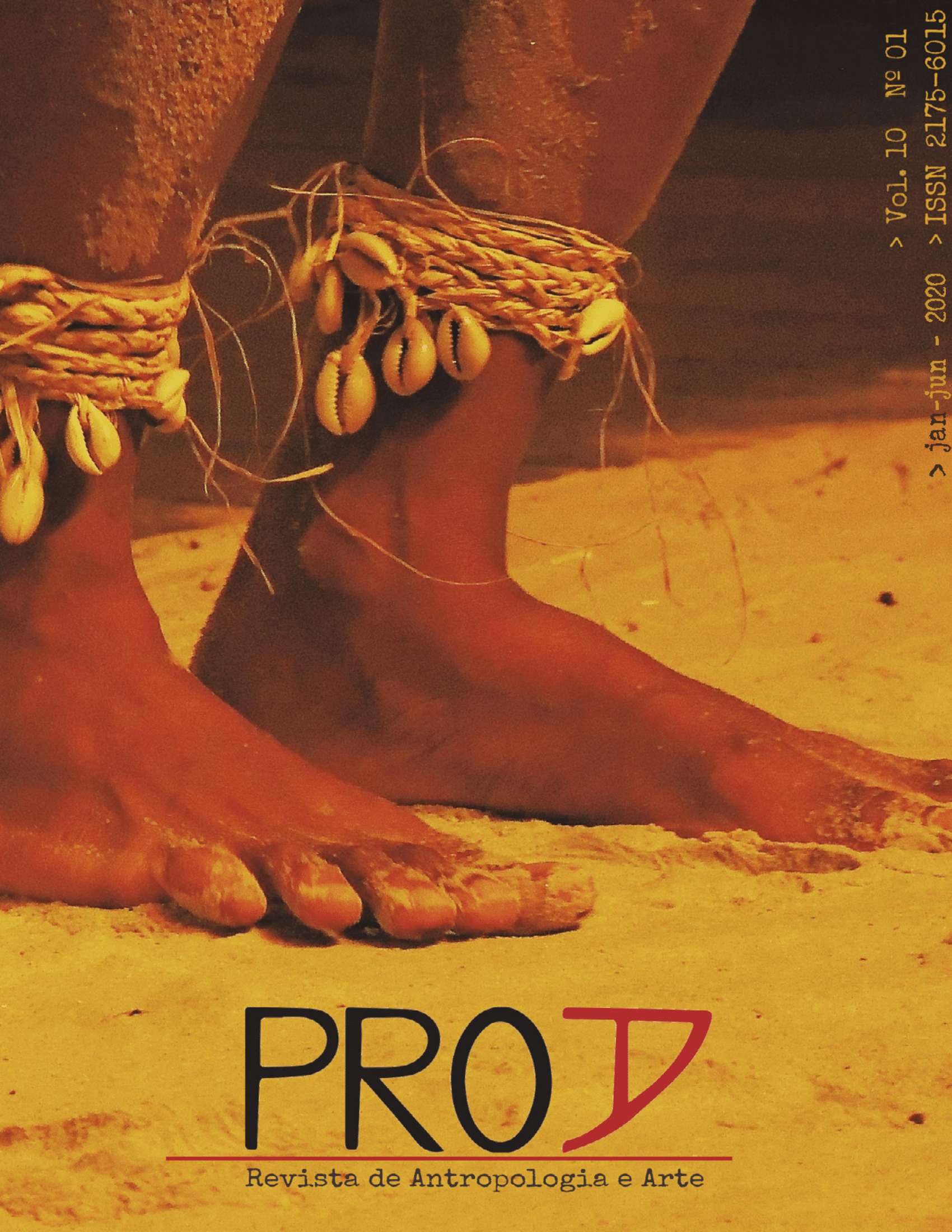Abstract
The present article aims to explicate the main constituent elements of an artifact of popular culture, the highlife musical style, which emerged in the early 1900s on the Gold Coast and, by the 1950s, had been linked by political actors to the anti-colonial effort. The practices associated with this style of music, from various parts of the globe, were ideologically taken as the signs par excellence of an "African" and "Ghanaian" distinctiveness. In this paper I intend to explain the process of Africanization of the practices associated with such musical style. To do so, I will elaborate a mapping about the theories on popular culture and, later, I will list bibliographic data related to the historical context analyzed.
References
ADORNO, Theodor W. et al. O fetichismo na música e a regressão da audição. Os pensadores, v. 48, p. 173-199, 1999.
ANDERSON, Benedict. Comunidades imaginadas: reflexões sobre a origem e a difusão do nacionalismo. São Paulo: Companhia das Letras, v. 8, 2008.
ARANTES, Antonio Augusto. O que é cultura popular. Brasiliense, 2017.BARBER, Karin (Ed.). Readings in African popular culture. Indiana University Press, 1997.
BHABHA, Homi. Of mimicry and man. Tensions of Empire, University of California Press, Berkeley, p. 152-60, 1997.
BLYDEN, Edward W. The Origin and Purpose of African Colonization. 1883.
COLLINS, Edmond John. Ghanaian highlife. African Arts, v. 10, n. 1, p. 62-68, 1976.
COLLINS, Edmond John. Highlife Giants: West African Dance Band Pioneers. Abuja: Cassava Republic Press, 2016.
COLLINS, Edmond John. One hundred years of censorship in Ghanaian popular music performance. Popular music censorship in Africa, p. 171-186, 2006.
COLLINS, Edmond John. The early history of West African highlife music. Popular Music, v. 8, n. 3, p. 221-230, 1989.
COLLINS, Edmond John. Highlife time. Anansesem Publications, 1996.
HALE, Sjarief. Kente cloth of Ghana. African Arts, v. 3, n. 3, p. 26-29, 1970.
HAMER, John. Sidamo Generational Class Cycles: A Political Gerontocracy. Africa, v. 40: 50-70, 1970.
HANNERZ, Ulf. The world in creolisation. Africa, v. 57, n. 4, p. 546-559, 1987.
LEVINE, Robert, 1976. Patterns of Personality in Africa. In DeVos, George A. (ed.), Respons-es to Change: Society, Culture, and Personality. New York: D. Van Nostrand.
NKRUMAH, Kwame; ARRIGONI, Roberta; NAPOLITANO, Giorgio. Africa must unite. London: Heinemann, 1963b.
NKRUMAH, Kwame. The African genius: Speech delivered by Osagyefo Dr. Kwame Nkru-mah... at the opening of the Institute of African Studies, 25 Oct., 1963a.
NKRUMAH, Kwame. Consciencism. NYU Press, 1970.
NKRUMAH, Kwame. Towards colonial freedom: Africa in the struggle against world imperialism. Guinea Press, 1945.
PLAGEMAN, Nate. Highlife Saturday night: Popular music and social change in urban Ghana. Indiana University Press, 2013.
POE, Daryl Zizwe. Kwame Nkrumah’s Contribution to Pan-African Agency: An Afrocentric Analysis. Routledge, 2004.
SHIPLEY, Jesse Weaver. The Birth of Ghanaian Hiplife: Urban Style, Black Thought, Proverbial Speech. Hip Hop Africa: New African Music in a Globalizing World, p. 29-56, 2012.
TRAJANO FILHO, Wilson. Influence and Borrowing: Reflections on Decreolization and Pidginization of Cultures and Societies. In: Creolization and Pidginization in Contexts of Pos-tcolonial Diversity. Brill, 2018. p. 334-359.
VAN DER GEEST, Sjaak; ASANTE-DARKO, Nimrod K. The political meaning of Highlife songs in Ghana. African Studies Review, v. 25, n. 1, p. 27-35, 1982.
WILSON, Monica, 1965. Nyakyusa Age-Villages. In Ottenberg, Simon and Phoebe Ottenberg (eds.), Cultures and Societies of Africa. New York: Random House.

This work is licensed under a Creative Commons Attribution 4.0 International License.
Copyright (c) 2020 Yuri Pinto Ferreira
